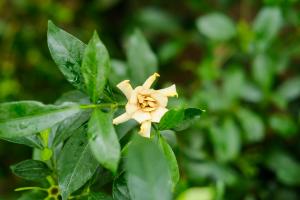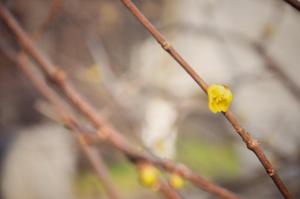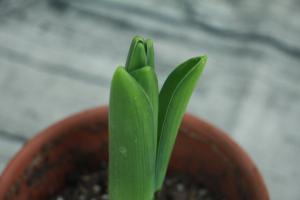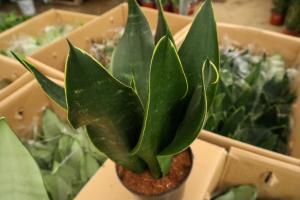Introduction
Strawberries are enjoyed all around the world for their sweet taste and unique texture. Growing strawberry plants at home is a fun and rewarding experience. One question that many people have is how long are strawberry plants good for? In this article, we will explore the lifespan of strawberry plants, as well as ways to extend their productive years.
The Lifespan of Strawberry Plants
Strawberry plants typically have a productive lifespan of about three to five years. During this time, the plant will produce fruit each year. After five years, the plant's yield may begin to decline. It is important to replace old plants with new ones to ensure a healthy and productive garden.
Extending the Lifespan of Strawberry Plants
While the natural lifespan of strawberry plants cannot be extended, there are several things gardeners can do to keep their plants healthy and productive for as long as possible. One key factor is proper maintenance. Regularly watering and fertilizing the plants will keep them thriving. Additionally, it is important to remove any dead or diseased plants immediately.
Crowding can also lead to a decline in production. Thin out excess plants to give the remaining plants more space to grow. This will improve air circulation and reduce the chances of diseases spreading. Mulching can also be helpful in keeping the soil moist and cool, which is important for strawberry plants.
Another thing gardeners can do to maximize the lifespan of their strawberry plants is to choose varieties that are known for their longevity. Some varieties, such as 'Allstar', 'Ozark Beauty', and 'Honeoye' are known for their high productivity and longevity.
When to Replace Strawberry Plants
Even with proper maintenance, eventually strawberry plants will need to be replaced. Signs that it is time to replace the plants include decreased yield, smaller fruit, and fewer runners. Additionally, if the plants show signs of disease, it is important to remove them immediately to prevent the disease from spreading to other plants.
The best time to replace strawberry plants is in late summer or early fall. This allows enough time for the new plants to become established before winter arrives. When replacing plants, it is important to choose high-quality, disease-resistant varieties.
Conclusion
Strawberry plants have a productive lifespan of about three to five years. While the natural lifespan of the plant cannot be extended, gardeners can take steps to keep their plants healthy and productive for as long as possible. Proper maintenance, thinning, mulching, and choosing appropriate varieties can all help maximize the lifespan of strawberry plants. When it is time to replace plants, it is important to choose high-quality, disease-resistant varieties and plant them in late summer or early fall. By following these tips, gardeners can continue to enjoy fresh, juicy strawberries for years to come.

 how many times do yo...
how many times do yo... how many planted tre...
how many planted tre... how many pine trees ...
how many pine trees ... how many pecan trees...
how many pecan trees... how many plants comp...
how many plants comp... how many plants can ...
how many plants can ... how many plants and ...
how many plants and ... how many pepper plan...
how many pepper plan...
































